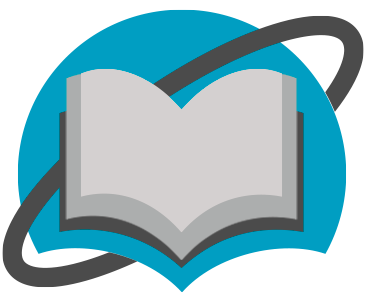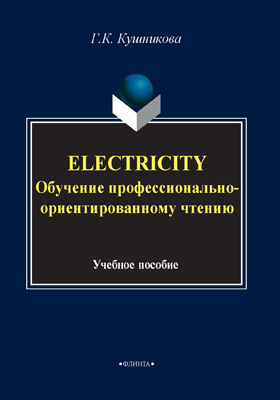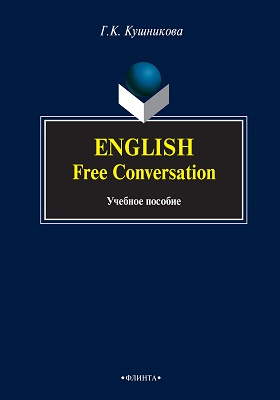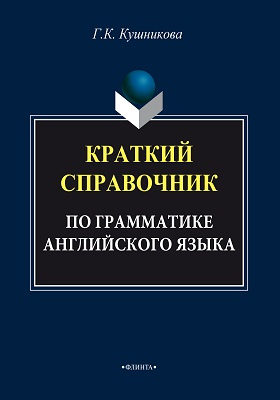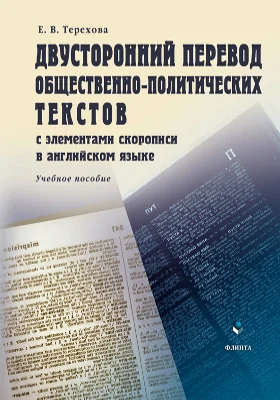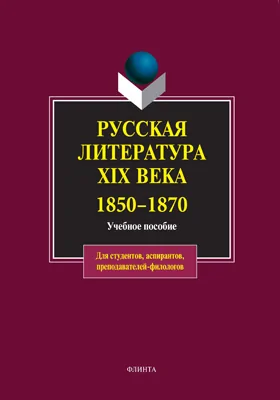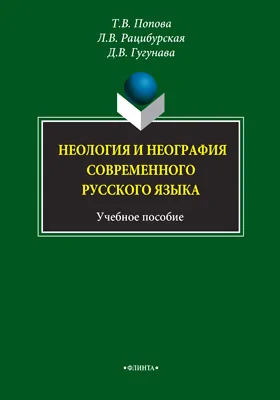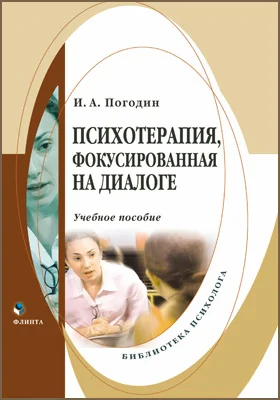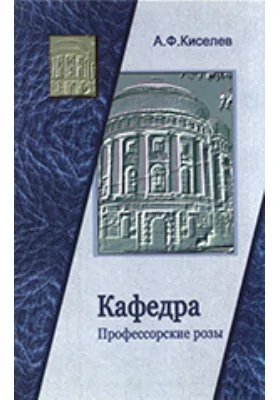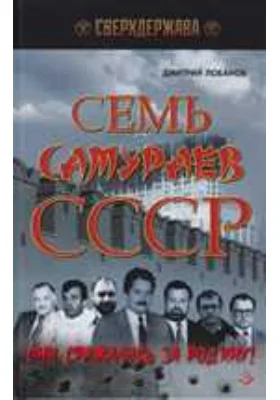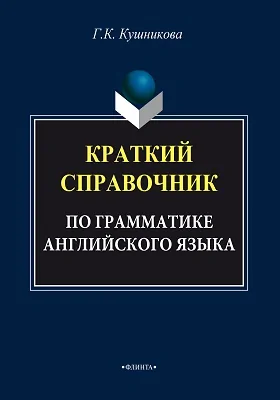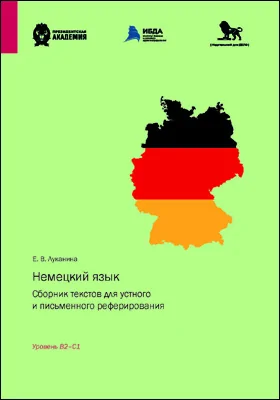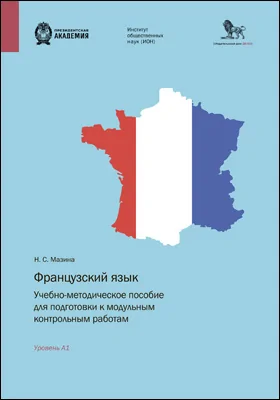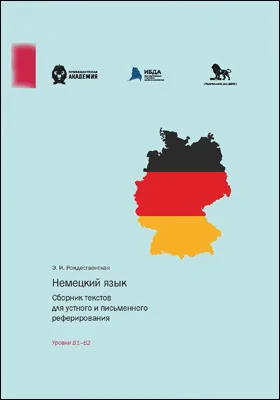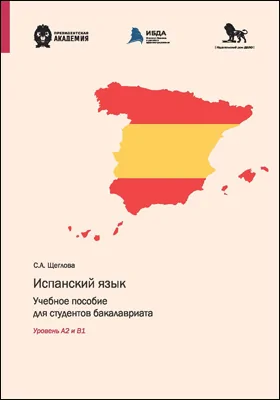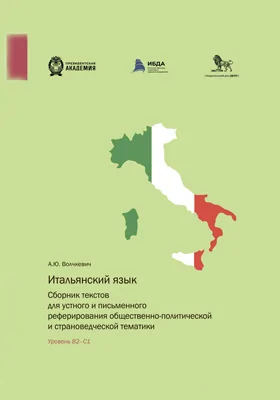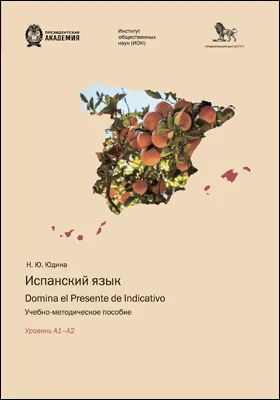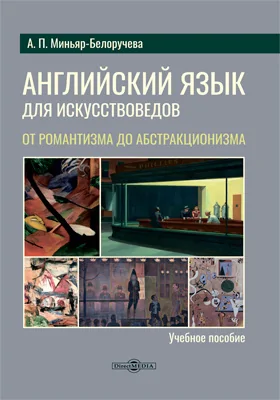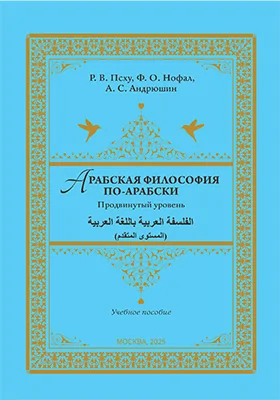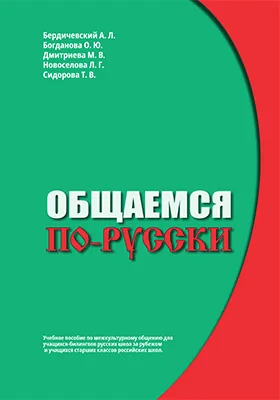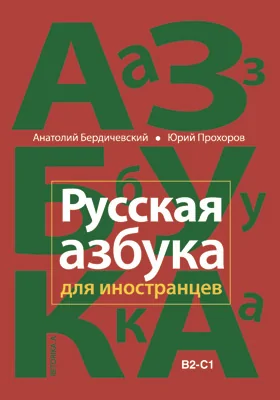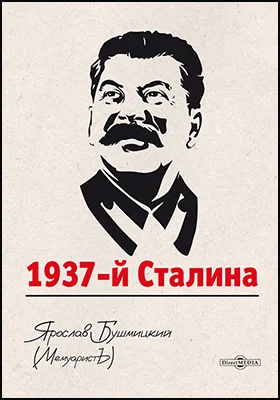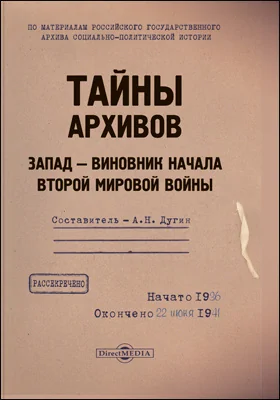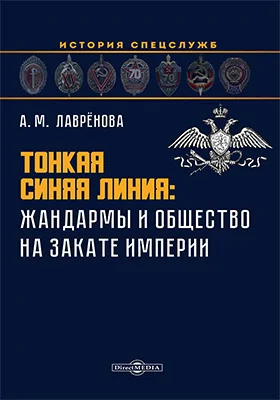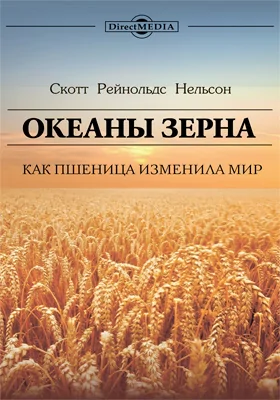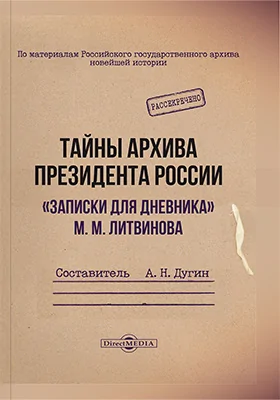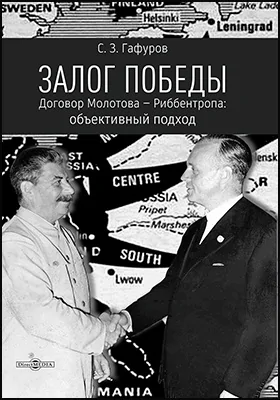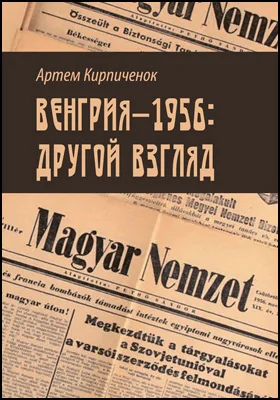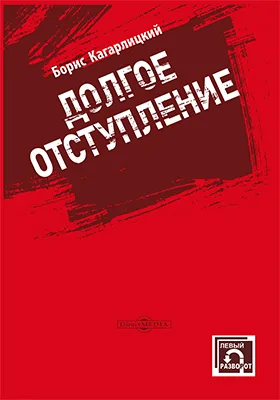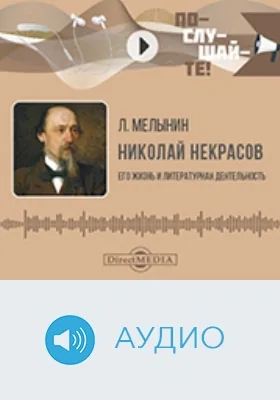
Electricity : обучение профессионально-ориентированному чтению
Здесь можно купить книгу "Electricity : обучение профессионально-ориентированному чтению" в печатном или электронном виде. Также, Вы можете прочесть аннотацию, цитаты и содержание, ознакомиться и оставить отзывы (комментарии) об этой книге.
Место издания: Москва
ISBN: 978-5-89349-549-2
Страниц: 96
Артикул: 11365
Возрастная маркировка: 16+
Краткая аннотация книги "Electricity"
Цель пособия – помочь учащимся, имеющим сравнительно небольшую подготовку по английскому языку, овладеть навыками чтения, понимания и перевода научно-технической литературы, а также навыком ведения беседы по специальности на базе повторения и закрепления наиболее нужных для этого грамматических и лексических явлений. Пособие предназначено для студентов электромеханических и электроэнергетических специальностей.
Содержание книги "Electricity : обучение профессионально-ориентированному чтению"
Предисловие
Раздел первый. УРОКИ: ТЕКСТЫ И УПРАЖНЕНИЯ
Lesson One. A Few Words on the History of Electricity
Lesson Two. Uses of Electricity
Lesson Three. Famous Inventor
Check up yourself
Lesson Four. A Few Words on Magnetism
Lesson Five. Two Types of Electricity
Lesson Six. Electricity in Cells
Check up yourself
Lesson Seven. Magnetism Induced by Electric Flow
Lesson Eight. The Induction Coil
Lesson Nine. The Simple Transformer
Check up yourself
Lesson Ten. Kinds of Currents
Lesson Eleven. Conductors and Insulators
Check up yourself
Lesson Twelve. Familiar Types of Circuits
Lesson Thirteen. Switches for Low Voltage Circuits
Check up yourself
Lesson Fourteen. Fuses
Lesson Fifteen. Storage Batteries
Lesson Sixteen. Charging a Storage Battery
Check up yourself
Lesson Seventeen. Electrical Power and Horsepower
Lesson Eighteen. The Generator
Lesson Nineteen. Electrical Motor
Lesson Twenty. The Care of Motors
Check up yourself
APPENDIX
I.Glossary of Terms
Idioms, Conjunctional and Prepositional Phrases, Some Words and Word Combinations
II.Код ответа к упражнениям раздела «Check up yourself»
Questions for the Test
Раздел второй. НЕКОТОРЫЕ ЛЕКСИЧЕСКИЕ ВОПРОСЫ ПЕРЕВОДА НАУЧНО-ТЕХНИЧЕСКОЙ ЛИТЕРАТУРЫ
Основные требования, которым должен удовлетворять хороший перевод
Существительные с левым определением
Существительные с правым определением
Основные признаки выделения многокомпонентных терминов-словосочетаний
Exercises
Все отзывы о книге Electricity : обучение профессионально-ориентированному чтению
Отрывок из книги Electricity : обучение профессионально-ориентированному чтению
show the direction o f the lines-of-force o f the "field" about the poles (see Fig. 2), The space about the magnet where magnetic forces exist is called the magnetic field. Notice, that each filing turns in the same direc-tion, an action caused by the magnetism of the two poles. The lines of force flow out o f the north pole o f the magnet and back into the magnet at the south pole. The movement o f the lines o f force in the field is called flux. Lesson Five Grammar: 1. Passive Voice. 2. Suffixes of a Noun and an Adjective. 3. The word "mean". Two Types of Electricity Generally speaking, there are two types o f electricity: static or standing electricity and current or electricity i n motion. Static electricity was the first kind o f electricity mentioned i n history. Static electricity is generated by friction. Franklin proved that lightning was static electricity generated -by moving molecules of moisture i n the clouds and discharging to other clouds or to earthly objects. Now lightning rods have been set up on buildings to take static charges directly into the ground. The first person to produce an electric current was Volta. It hap-pened in 1799. He built the first "dry" cell, which was made o f a disk of copper, a layer o f cloth moistured with salt water, then a disk of zinc, another layer o f cloth, another disk of copper and so on for several layers of three materials. The first disk o f copper and the last disk of zinc were connected by means o f a wire. This con-nection produced current electricity. The word "volt" comes from Volta, the name o f the inventor. Our present day cells and batteries of cells work on the same principle as Volta's dry ceil. Two words the meaning o f which you must know are voltage and amperage or volts and amperes. "Voltage" means "force*5 or "pressure" of an electric current. Before electricity flows there must be force or voltage just as there must be force to move water. A m -perage means "amount" of el...
Кушникова Г. К. другие книги автора
С книгой "Electricity" читают
Внимание!
При обнаружении неточностей или ошибок в описании книги "Electricity : обучение профессионально-ориентированному чтению (автор Галина Кушникова)", просим Вас отправить сообщение на почту help@directmedia.ru. Благодарим!
